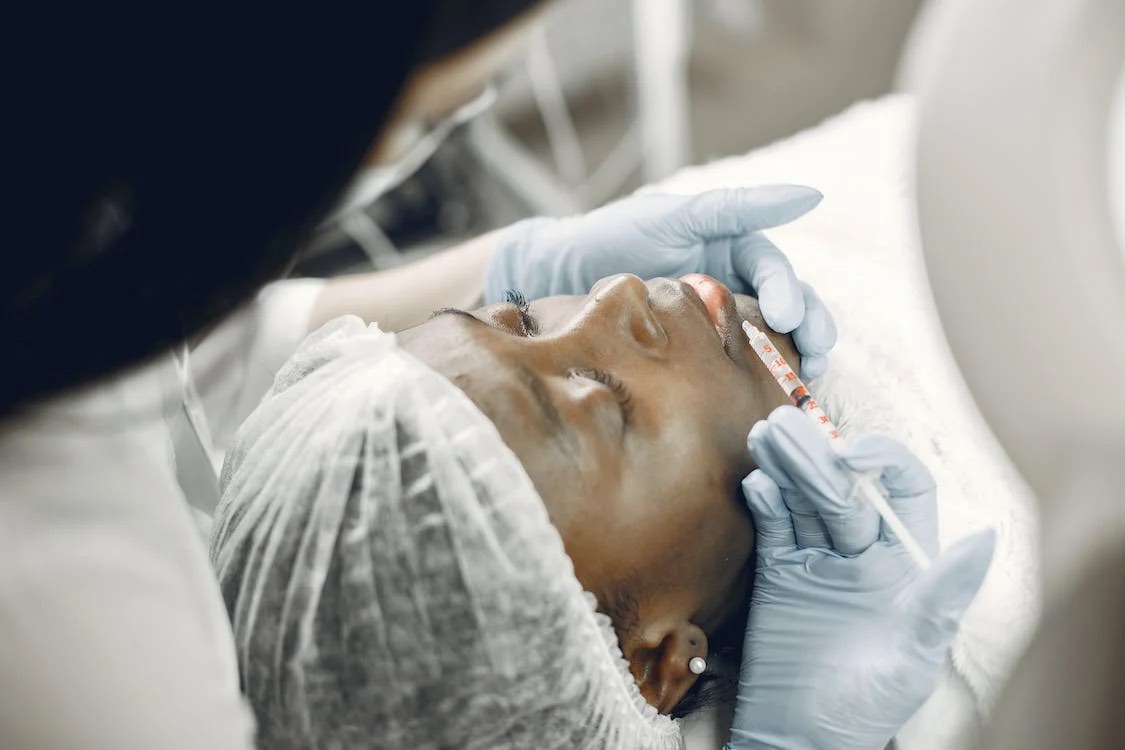You may have heard of ‘Botox’ related to a popular cosmetic procedure in which it is injected in to parts of the body. The aim is to reduce the appearance of wrinkles by temporarily paralysing the facial muscles. Botox is also used to treat to medical conditions involving the muscles.
But what is Botox? The bacteria from which Botox derives is called ‘Clostridium botulinum’, which is found in many different natural settings, such as soil, lakes and forests. This bacteria can also be found in the intestinal tracts of mammals and fish, as well as the organs or crabs and other shellfish.
Naturally occurring instances such as those above of Clostridium botulinum bacteria and spores are harmless in general. However, problems begin to arise when the spores transform into vegetative cells and the cell population begins to increase rapidly. At a certain point, the bacteria produces botulinum toxin (botox), which is a deadly neurotoxin responsible for botulism. Neurotoxins actively target the nervous system and dangerously disrupt the signaling processes that allows neurons to effectively communicate.
Uses for Botox
Botox is used for both medical and cosmetic purposes, but is predominantly used for the cosmetic purpose of reducing the appearance of wrinkles and fine lines.
Apart from aesthetic applications, Botox can be used to treat a number of medical conditions including migraines, excess sweating, eye squints and bladders which leak. Overall, Botox is recognized as a treatment for over 20 different medical conditions, with investigation on going about how Botox can be further used in the world of medicine.
According to Medical News Today, Botox is currently approved for the following therapeutic applications:
- “Blepharospasm (spasm of the eyelids).
- Idiopathic rotational cervical dystonia (severe neck and shoulder muscle spasms).
- Chronic migraine.
- Severe primary axillary hyperhidrosis (excessive sweating).
- Strabismus (crossed eyes).
- Post-stroke upper limb spasticity.
- Detrusor (bladder wall muscle) overactivity – causing urinary incontinence.
- Overactive bladder.
- Hemifacial spasm.
- Glabellar lines (frown lines between the eyebrows).
- Canthal lines (crow’s feet).”
Botox should not be used in women who are pregnant or lactating or anyone who has had a previous allergic reaction to the Botox drug before or any of the ingredients inside it.
How does it work?
Botulinum Toxin (Botox) is one of the most poisonous substances known to medical experts. In high doses, Botox can result in botulism which is a life threatening illness. Scientists have stated that only a couple of kilograms of Botox can kill every person on earth, despite this, Botox is still in extremely high demand.
Botox is administered by diluting the power in saline and then injecting it straight into the area of the neuromuscular tissue that is desired. For Botox to take effect, it should take around 24 – 72 hours. In rarer cases, the effects may only be able to be seen after a 5 day period.
Botox can be injected into human muscles in tremendously small concentrations. It works by preventing signals from the nerve cells reaching muscles, therefore paralyzing them in the process.
Side effects of Botox
Since Botox is given at such a low dose, its toxic nature does not tend to have many effects other than the desired, positive effects.
A very rare side effect affecting around 1% of people that have Botox injections results in the type A antibodies developing that make subsequent treatments completely ineffective.
Some more common side effects include:
- Numbness
- Mild Nausea
- Headaches
- Feeling generally unwell (Malaise)
- Temporary unwanted paralysis of nearby muscles
- Temporary of upper lip or brow ptosis (drooping)
- Trouble swallowing (dysphagia)
- Weakness in the neck area
- Feelings of a flu-like illness
- Gallbladder dysfunction
- Muscle control movement
- Double Vision (Diplopia)
- Blurred Vision
- Decreased eyesight
- Bleedings
- Fatigue
- Dry mouth
- Hives
- Wheezing
- Swelling
- Rashes
For more information on how to go through private health care, click here.

